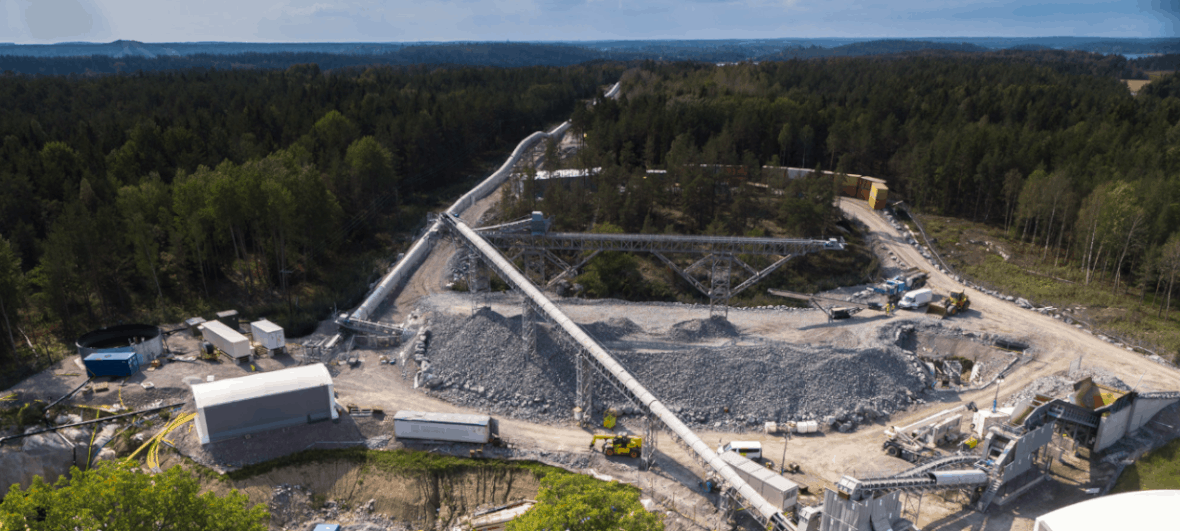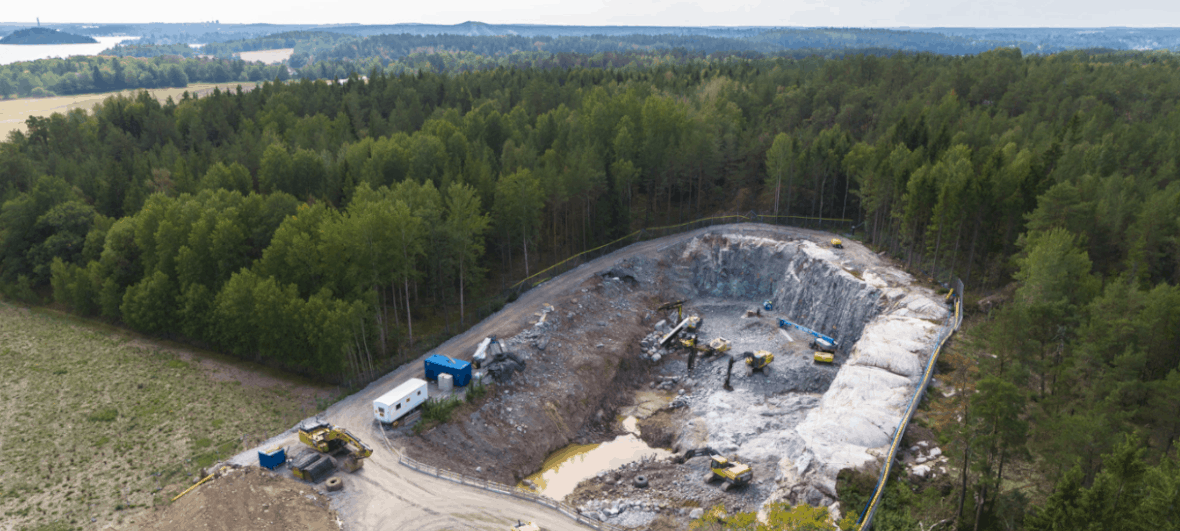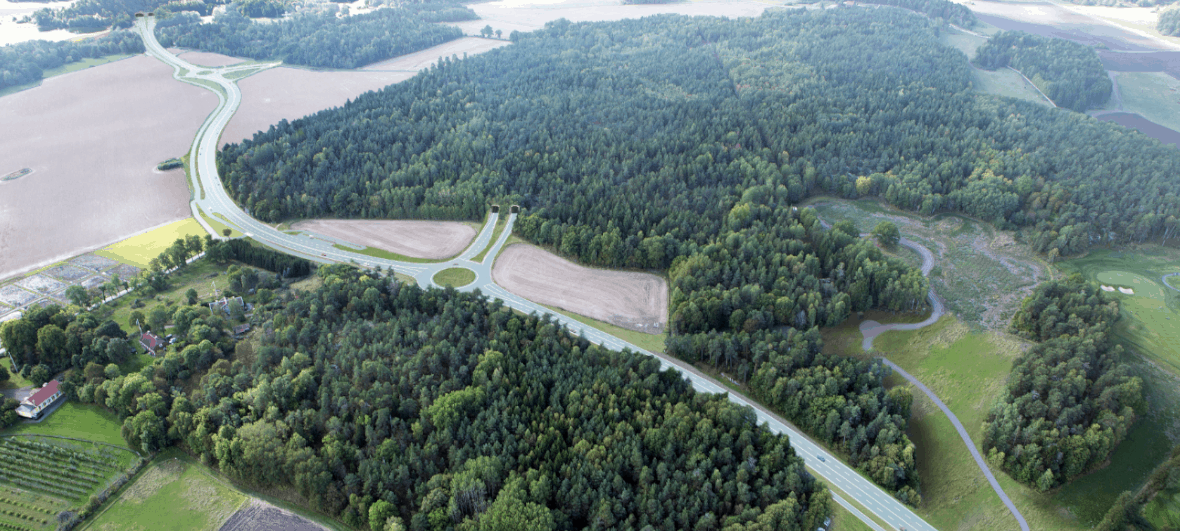AECOM is providing design services for the Stockholm Bypass, a new 21-kilometre motorway connecting north and south Stockholm. Planned to ease traffic in the city centre, some 18 kilometres of the route is underground. When completed, it will be one of the longest road tunnels in the world.
The bypass consists of two parallel road tunnels travelling in opposite directions. Both tunnels have three lanes, increasing to four at the six interchanges along the route. At their deepest, the tunnels are almost 100 metres below ground.
Shielding fragile ecosystems
AECOM is delivering design services under two major contracts together with consultants ÅF. The first is the important Akalla/Häggvik interchange. This includes new bridges, underpasses, further tunnels and retaining walls, and upgrading existing structures.
As the project is close to many ecologically sensitive areas — including Lake Mälaren, Sweden’s third-largest freshwater lake — the second contract involves minimising the environmental impact when excavating and transporting 19 million tons of rock.
The AECOM-ÅF team’s solution was to design several underground chambers along the route that crushes the rock. Conveyor belts then take half the mass to jetties on Stockholm’s waterways, from where they travel to temporary reception points.
Better, efficient data handling
Nearly 600 designers from 20 fields in nine countries are working on the complex megaproject. The design of the rock tunnels alone needed over 50,000 documents. To collect and share this data better, the AECOM team hosted workshops to help choose a suitable common data environment (CDE) to use with Building Information Modelling (BIM).
Thanks to the software we selected, the design teams could collaborate and assess and test their work in a virtual environment. This enabled them to think of innovative solutions and methods, cut construction-related risks, and ensure they implemented environmental measures.
In 2013, AECOM won the Innovation in Roads category at the Bentley Be Inspired Awards for its use of BIM on the project. To read more, click here.




